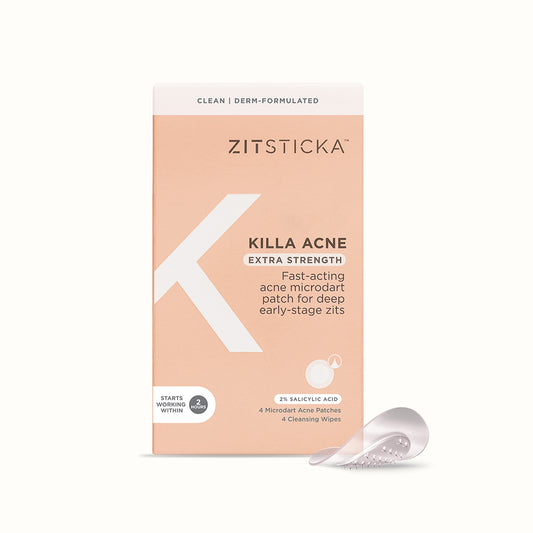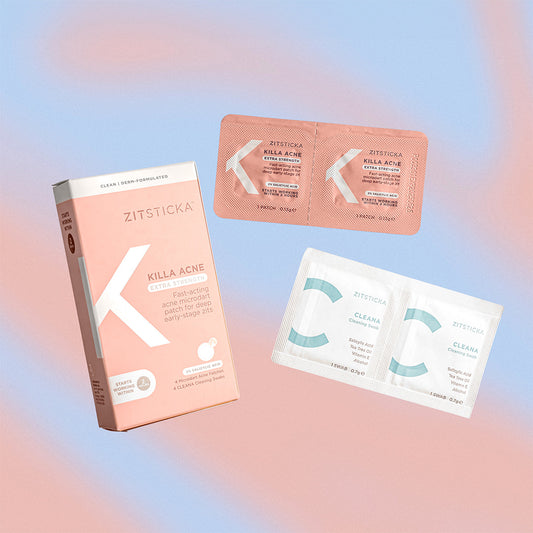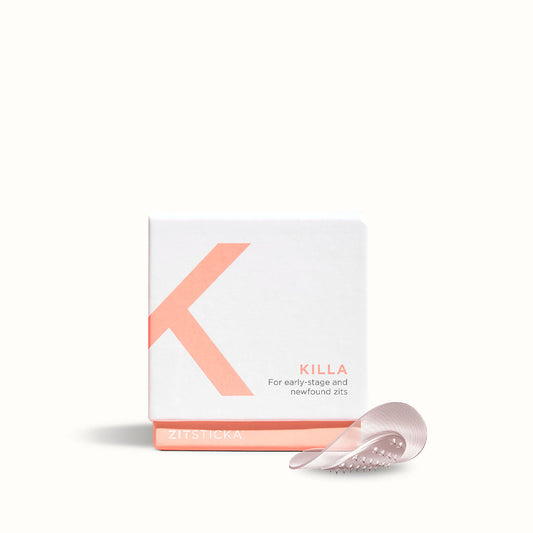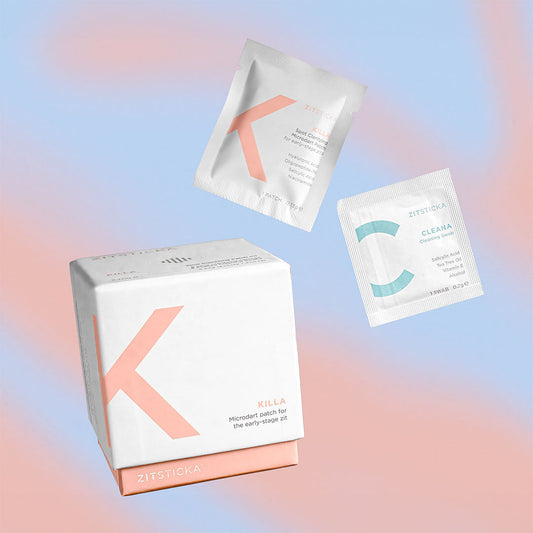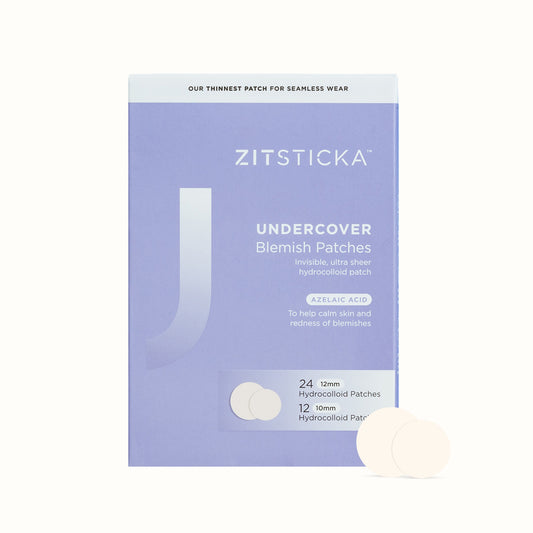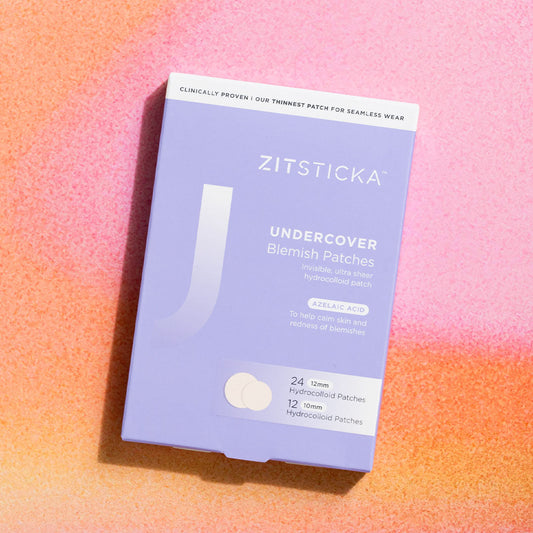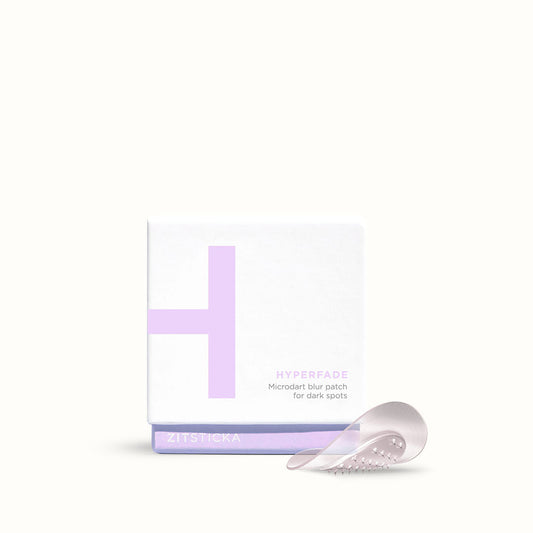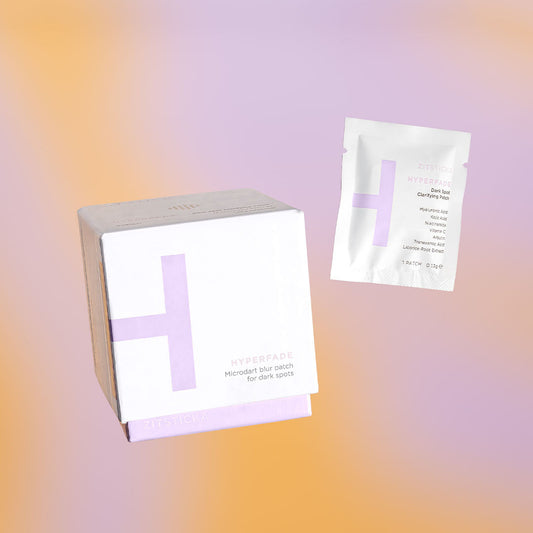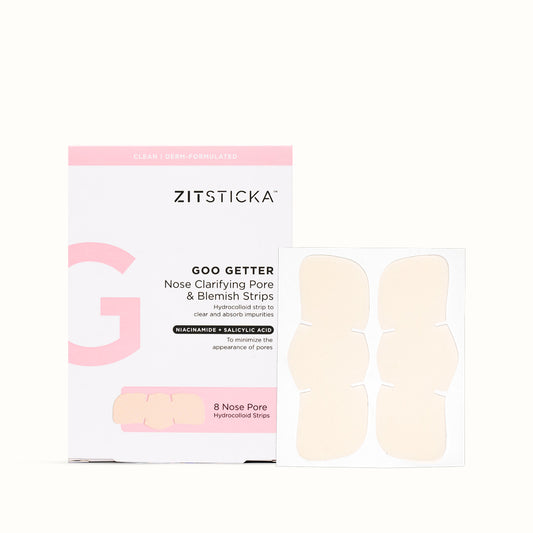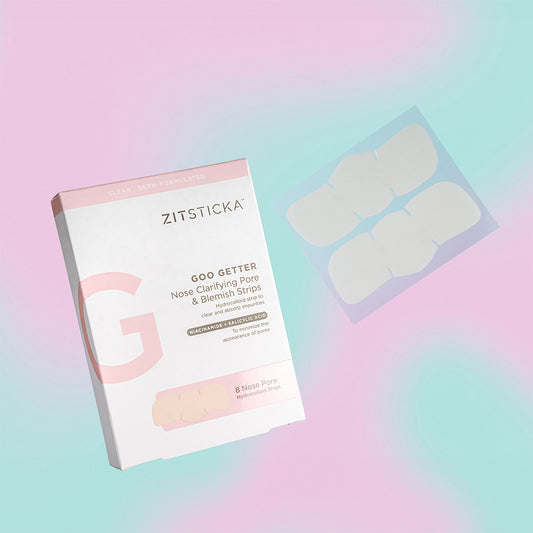As you’re maybe or maybe not aware, we’ve launched a new supplement—SKIN DISCIPLINE—which is packed with nine breakout-specific ingredients, all known to help ward off zits.
But unless you’re a pharmacist, a chemist, or some kind of know-it-all wizard, reading about how selenium produces glutathione peroxidase might not make a lot of sense—so here we are to explain how, and why, these ingredients matter.
Okay, what is selenium?
Think of selenium the same way you’d think of iron or potassium. That is, it’s an element—number 34 on the Periodic Table— which can be found inside the ground (in its pure form) or within foods like brazil nuts, fish, and sunflower seeds. In fact, selenium is an “essential nutrient” for humans, meaning that our body doesn’t produce it naturally.
One of the big benefits of selenium is its connection with inflammation, and antioxidants—producing the enzyme “glutathione peroxidase,” as we mentioned, as well as the antioxidants vitamin A and vitamin E. What this means is that your cells, thanks to the presence of antioxidants, are protected from the damage caused by unstable atoms, also known as “free radicals.”
Alright cool, but what has this got to do with breakouts?
You’re right; so sorry. Sometimes we get carried away.
One of the widely believed causes of an outbreak and the severity in blemishes, are the levels vitamin A, vitamin E, and glutathione peroxidase is in your body. For example, one study first published in 2013 and featured in the journal Cutaneous and Ocular Toxicology explored how the rates of vitamin A, vitamin E, and zinc related to breakouts. At the end of the study, the researchers reported that “there was a negative correlation between breakout severity and vitamin E and zinc levels.”
Two years later, scientists from Kosovo’s University Clinical Center of Prishtina found that treating patients with low doses of Vitamin A over a period of three months was “effective in the treatment of moderate acne, with a low incidence of severe side effects and at a lower cost than higher doses.”

And in 2011, researchers from the University of Babylon compared the levels of zinc, copper, and glutathione peroxidase in patients with moderate breakouts and 30 patients with severe breakouts, to 42 people without acne—finding that “glutathione peroxidase is significantly decreased in patients with severe acne while no difference in other types.”
There are plenty of theories as to why this happens. One, for example, is how an acne-causing 'propionibacterium' has been shown to be disrupted by the presence of Vitamin A. Another suggestion is how a selenium deficiency could result in skin outbreaks: In 2009, researchers investigated 220 cases of thyroid disease—a common condition in selenium deficiencies—and found that out of the 125 detected skin findings, 5 percent had breakout-prone skin.
So while we “don’t exactly know” why a zit forms, we do know that they form! And while there are several theories as to how selenium reduces this, we do have evidence that selenium can bring about a reduction in breakouts. Which at the end of the day, is the important thing.
Want more info on SKIN DISCIPLINE? *Click click*


